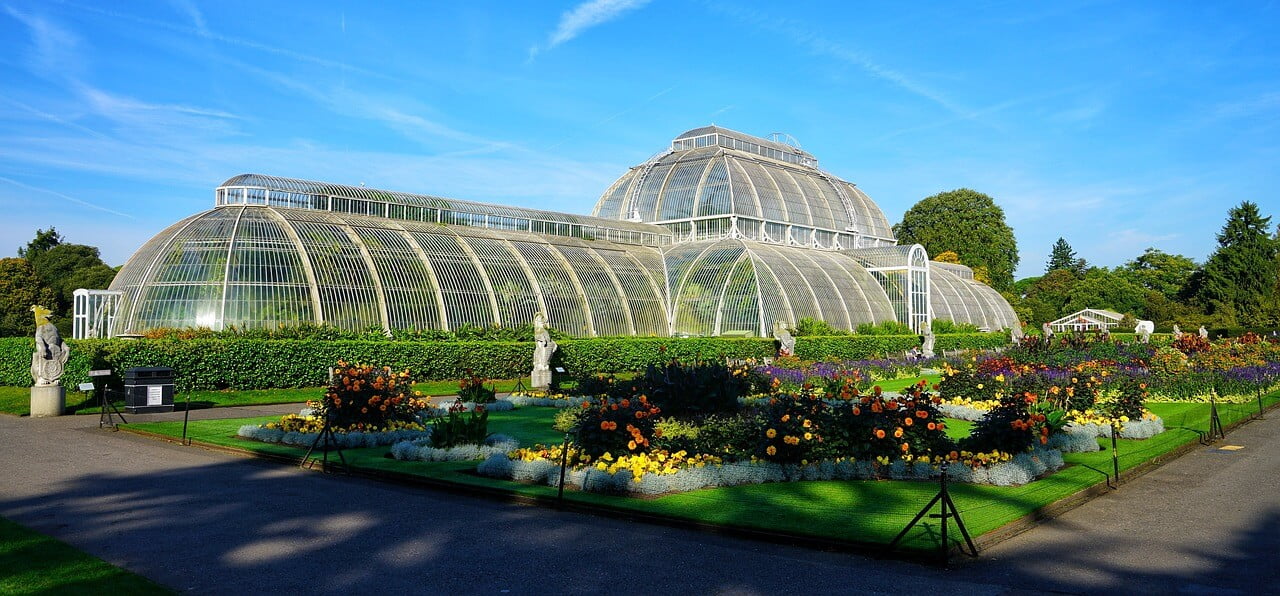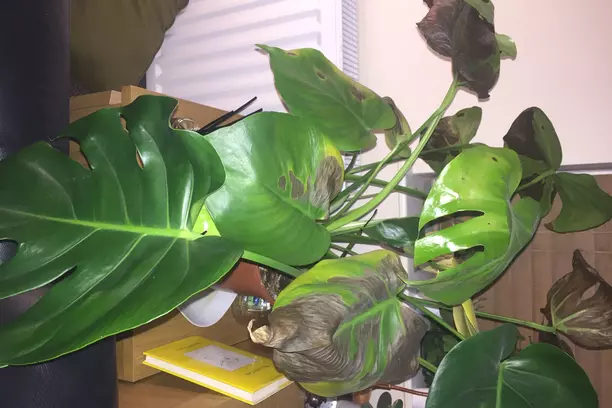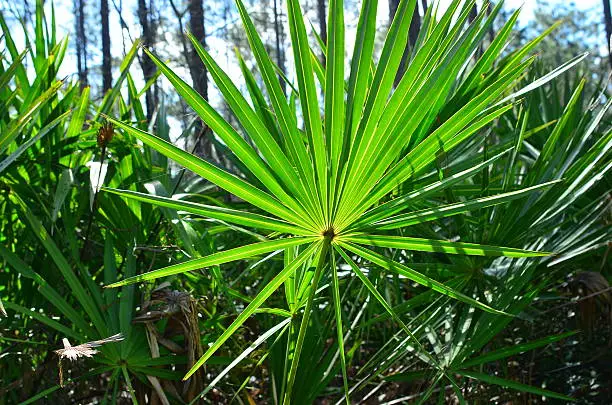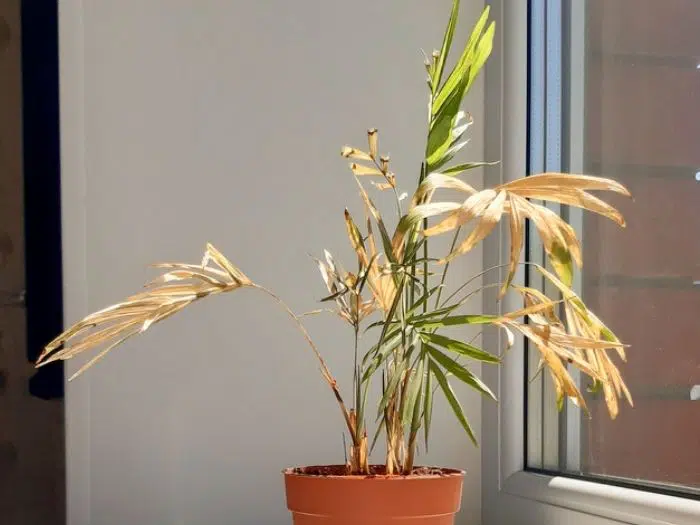Sometimes, you may notice your Swiss cheese plant having droplets of water on the tips of its leaves in the morning and wonder what it’s about.
Sweating or crying is a common process in monstera plants and is referred to as guttation. Through the sweating or crying process, monstera plants remove excess water and mineral salts from their xylem tissues via small holes called hydathodes found at the tip of their leaves.
During the day, plants remove excess water from their system in water vapor form through the transpiration process. Meanwhile, the roots of monstera plants continue absorbing water from the soil regardless of the time. This continual absorption of water and mineral salts leads to the monstera plants having an excess of them.
Excess water and mineral salts in monstera plants build up internal plant pressure, leading to their removal through a process known as guttation.
Pro tip: When the plant’s leaves drip water, it means that you gave it more water than it needed, which can lead to root rot in monstera. Guttation occurs at night, while transpiration occurs during the day in the presence of sunlight when photosynthesis is taking place.
RELATED: HOW TO SAVE MONSTERA FROM HAVING ROOT ROT
Is guttation in monstera normal?
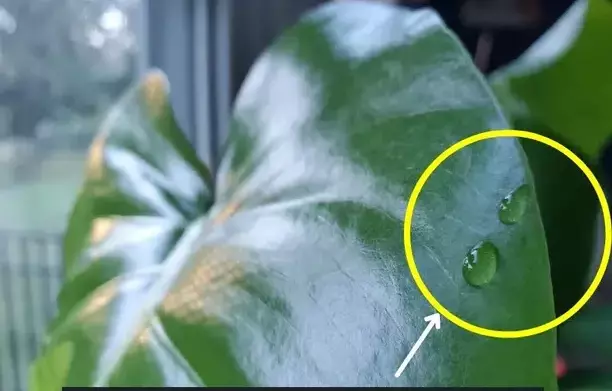
Guttation is a natural process that occurs in monstera plants. Under room temperatures of between 65-85°F, soil, and humidity levels of between 60-80%, sweating or crying of a monstera plant doesn’t mean there is something wrong with your plant.
If the plant doesn’t show other signs such as curled leaves, yellowing, brown or black spots, or sometimes root rot, there’s completely nothing to worry about.
RELATED: HOW TO TREAT MONSTERA LEAVES THAT TURNS YELLOW
Normal guttation in monstera plants doesn’t occur often, and if it does, it symbolizes overwatering in your monstera.
When a monstera plant is grown under unhealthy care conditions, it may cry or sweat to symbolize distress. Such causes of distress can be overwatering, and the plant will remove the excess water through guttation.
Typically, guttation is a normal, non-toxic natural process that if you see droplets of water in your plant’s leaf tips in the morning, you shouldn’t get worried.
Guttation from big indoor plants may mess with your floor, but there’s nothing harmful about the substance removed.
Why is my monstera dripping?
There are 3 main reasons why your plant is dripping water. For the most part, it could be dew especially if it is grown outdoors but in other cases, it could be due to guttation or transpiration.
Here are the reasons why your monstera plant is dripping:
Guttation
If you see water droplets on the leaf tips of your monstera plant, that means the guttation process has taken place. Guttation is a natural process through which plants release excess water and mineral salts in their leave tips through hydathodes.
Transpiration
While transpiration helps monstera plants to release excess water in vapor form during the day, the water levels build up at night because transpiration doesn’t occur at night.
When plants take in excess water and mineral salts through their roots, an inward pressure is built. Plants continue to absorb water and mineral salts throughout the day.
As a result, there is a need to remove the excess water from the plant system. The xylem system of the plant, aided by the root pressure, pushes the excess water and mineral salts through the hydathodes found on the leaf tips of plants.
RELATED: HOW TO REVIVE AN OVERWATERED MONSTERA
Dew
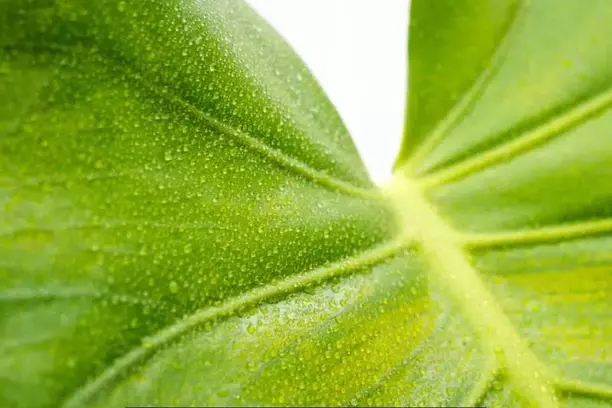
In a very humid environment especially at night, you can find your monstera has droplets of water on its leaves. As water evaporates at night, it settles on the plant’s leaves, leaving droplets of dew that you find in the morning.
Dew is not the kind of water lost by the plant through guttation or transpiration. Therefore, you have nothing to worry about as the dew drips and goes away on its own and does not affect the plant in any way.
Is sweating bad for monstera plants?
Sweating is normal for monstera plants and has no side effects as the plant loses excess water and salts to remain healthy. The process of sweating is called guttation but transpiration, too, can make the plant appear as though it is crying.
Sweating also occurs in your Swiss cheese plant because of the transpiration process. This process occurs during the day when the stomata of monstera plants open. Plants absorb water and mineral salts from the water in the soil using their roots and transport them to the other parts of the plant, such as the stem, flowers, and leaves.
All plants don’t use all the water they absorb. But, this doesn’t mean you underwater your plants. When xylem vessels transport this water up the plant to the plant leaves, the stomata open to release some of this water in the form of water vapor. Through the transpiration process, water droplets can be seen on the leaves of monstera plants.
Though the transpiration process is invisible to humans, it makes a plant sweat, bringing a cooling effect.
Guttation vs. dew
It is usual to see tiny droplets of water on the leaves of your monstera plants in the morning. Sometimes you don’t realize the droplets could be because of the guttation process or formation of dew.
Here’s a table with the differences between guttation and dew:
| Guttation | Dew |
| Guttation is a physiological process that happens internally in the plant. | The formation of dew is a meteorological process that happens on the plant’s exterior or other objects. |
| Tiny drops of water are deposited on the leaf tips of the plant | Tiny drops of water are deposited on the entire leaf surface. |
| Guttation involves the removal of xylem sap through hydathodes found on leaf tips. | The formation of dew involves the condensation of water vapor on leaf surfaces. |
But, what does dew on the leaf surface mean?
Dew formation isn’t a plant process. It is a process that occurs in the air leading to the formation of tiny water droplets called dew seen on the leaf surfaces in the morning. At night, the soil releases heat obtained during the day through water vapor.
When this water vapor comes to contact with a cold surface like the leaf, it cools down through condensation to form the tiny water droplets on it. These droplets can be found on objects, grasses, and plant leaves in the morning, and you might confuse them for guttation.
Favorable conditions such as light wind, clear skies, moist soils, high humidity levels, and low night-time dew point depressions stimulate the process of dew formation.
Variation in these conditions explains why there are tiny water droplets on the leaf surfaces on some mornings while you barely see them on other occasions.
Note that dew cannot be found on the leaf surfaces of your indoor plant unless the humidity in your house is too high. If you find water droplets on a plant inside your house, that is due to the guttation process or very high moisture content in your house.
References:
[1] Christopher J. Starbuck, University of Missouri: Guttation: A Pressure Relief for Plants
[2] The National Science Foundation’s National Ecological Observatory Network (NEON)
